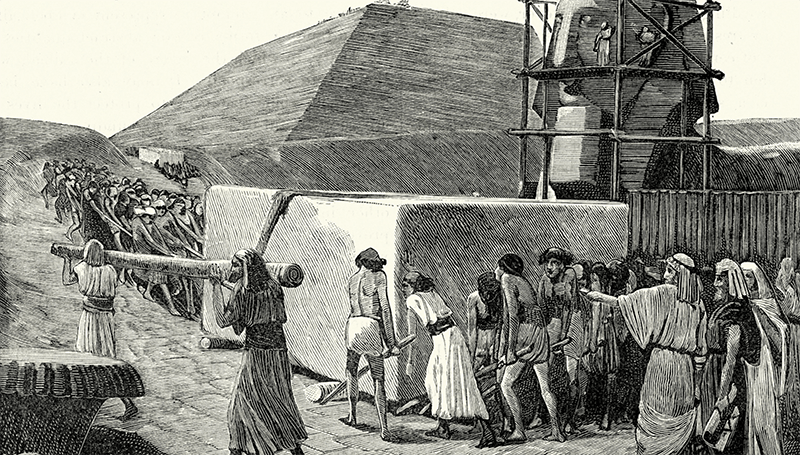Slavery in the Bible
Slavery is a complex issue for Christians to grapple with, especially when we consider our history as a country. As we encounter the topic of slavery in our study of Colossians, we will be unpacking two commonly asked questions regarding slavery and the Bible, and what this means for us today.
Does the Bible condone slavery or simply report slavery as a historical reality?
The Bible presents a picture of slavery as a common practice, which is consistent with the historical and cultural context in which it was written. While the Bible does not seem to outright condone slavery, it does not seem to explicitly condemn it either.
In the New Testament, authors like Paul elevate the dignity of enslaved people, encouraging the community of believers to treat them with honor. In 1 Timothy 1:10, Paul explicitly condemns the practice of slavery, including “slave traders” amongst others he deems “the ungodly and sinful.” In the book of Revelation, the author John refers to “human beings sold as slaves” among other evils of the Roman empire (Revelation 18:13).
What did slavery look like in the New Testament and how does it compare to the history of slavery in the United States?
During the first century, people who were enslaved under the Roman Empire were legally considered property and tools of their owner, similar to the practices of slavery in the United States.1 Owning slaves was viewed as a status symbol, and a means of reflecting one’s power and wealth.
Unlike the American practice of slavery, slavery during this period of history was not relegated to a particular racial or ethnic group. First century slaves were obtained through multiple sources including: capture in war, being born to an enslaved mother, abandonment of newborns, punishment for certain crime, and limited instances of self-sale.2
Tyler M. Schwaller writes, “enslaved people carried out a variety of tasks for their owners, from physical and domestic labor to more skilled tasks, such as household oversight and business management.3” One unique aspect of Roman slavery was the possibility for freedom (known as manumission). Some slaves had the opportunity to obtain freedom after a certain amount of time (frequently, age 30) or freedom could be purchased. In the Old Testament, God commanded His people to free all slaves once every 7 years (known as the “Year of Jubilee4”).
However, years of servitude impacted the opportunities available to formerly enslaved individuals, making it difficult for them to obtain social status and economic freedom. This experience is mirrored in American history as well, as the ripple effects of slavery and post-slavery movements such as Jim Crow, segregation, redlining, and more continue to impact the lives of Black Americans today.
The Bible clearly reveals the heart of God in the person of Jesus. And when we look at his life, we see that the heart of God consistently moves toward the marginalized and overlooked, and calling out those who use their power to exert control over others. When it comes to our nation’s history of slavery, there remains much work to be done to move toward racial reconciliation—both inside and outside the church. If you’re interested in learning more, Be the Bridge by Latasha Morrison and Dear White Peacemakers by Osheta Moore are great books to get started with. Instead of purchasing from Amazon or Target, order instead from a Black-owned bookstore.
1 Jane F. Gardner, “Slavery and Roman Law”
2 Tyler M. Schwaller, “The Use of Slaves in Early Christianity: Slaves as Subjects of Life and Thought.”
3 Tyler M. Schwaller, “The Use of Slaves in Early Christianity: Slaves as Subjects of Life and Thought.”
4 Exodus 21:2

